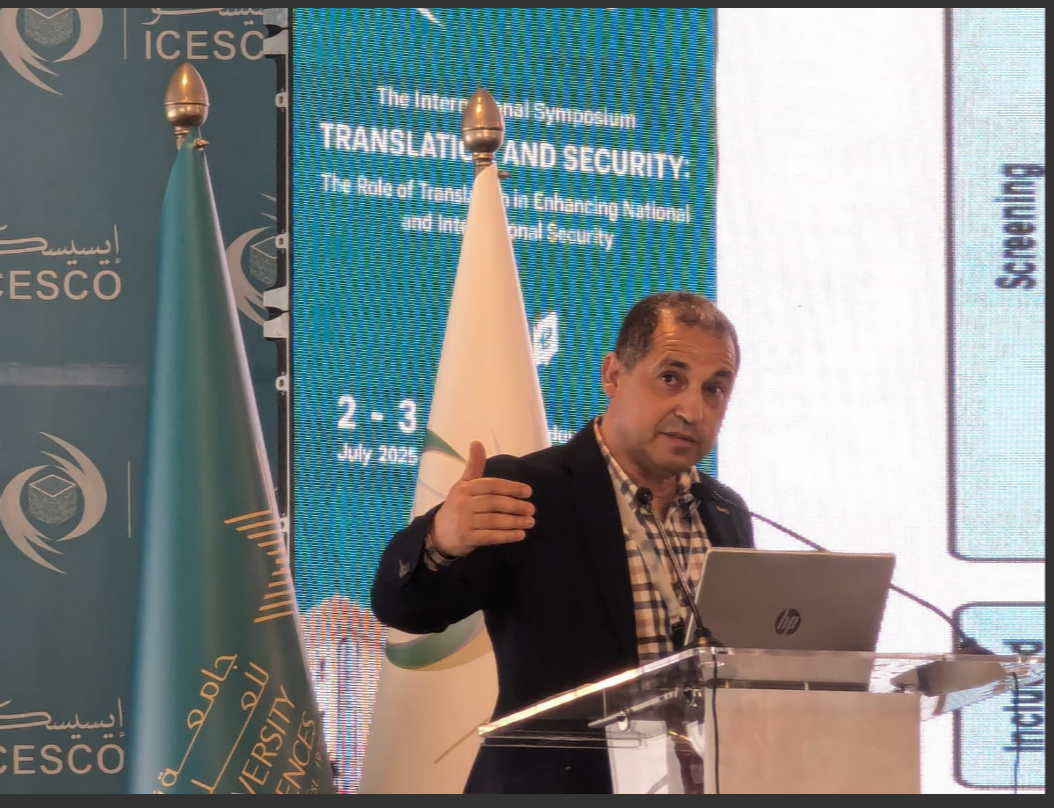A point on Liaison Interpreting
(community interpreting)
( Can it can work better if we integrate technology in the curriculum?)
In the west, especially in heavily immigrant populated countries ( north america, the nordic countries..ect) this phenomenon is better known by ' community interpreting', mainly carried out in Public hospitals , immigration contexts...ect
Although my research focus is on translator education, it is difficult to diregard interpreter training from the equation. As highlighted in some readings on translation studies ( Munday, 2004, 2008, 2012), in research it is difficult to split the two complimentary fields : Translation and Interpreting studies ( with some differences of course). Also, the fact that I trained student interpreters for two years while I was teaching in Higher Education in Morocco makes it even compeling. Reflecting on both Translation and interpreting practice while researching in theoretico-empirical or pure theoretical sources makes it even compeling.
My MA was in Translation & Interpreting (Heriot Watt University), I done it at the time when Prof. Basil Hatim was still there. The experience was rewarding.
Here is some tips I can highlight based on my earlier teaching experience in liaison and consecutive interpreting (2008-2010)..
- Active pedagogies work well in organizing group work ( organizing students in teams of three)
- Using a scenario based technique in the classroom : I tried to first prepare a case( strory or event)where there is a thematic problem (immigration, hospital context, Trade center, airport)...then, in group, we did some brainstorming discussions , mostly critical dicussion in the classroom about the problem at stake.
- Students get together in groups ( groups of three: Dcotor/patient/interpreter OR Buyer/seller/interpreter)and ( as per the instruction I designed for thsi specific purpose), they needed to prepare a dialogue (long enough) and present the story (simulation) in the classroom as it occurs in real time.
- Next session, when they come in to perform, I set an evaluation grill for their colleagues to evaluate them. Myself I give my own evaluation as well ( professional aspect: non verbal, verbal, terminology, voice articulation, speaking in public...ect).
Things went much better when I brought into the classrrom two YOUTUBE videos of interpreter interventions (examples of interpreting done by professional and non-professionals). This streamed video (learning object or material) had a great impact on students. Then, I realised that they needed a diffrent type of learning environment : a technology / multimedia enhanced environment.
After that, I designed other activities where both media enhanced technologies as well as active pedagogies were integrated : This had great outcomes in terms of not only learning , but also improving their SELF-ESTEEM .They felt they could do it on the ground. That is , for me, an educational outcome. If the learning objectives were that the student COULD BE ABLE TO INTERVENE in a such or such situation....Job is done then !
For interpreter training, integrating technology is very important element in the elarning curve.However, which tools to use and which pedagogical priniciples to rely on to design and deliver courses ? and how to design a learning environment for that specific type of training...That is what I am working on in my current project. There is abundant research in educational technology, e-learning, educational studies, psycho-education....ect that can help to design such courses for translators or interpreters.
Educational studies can inform Translator and Interprerter tarining.
Fouad

